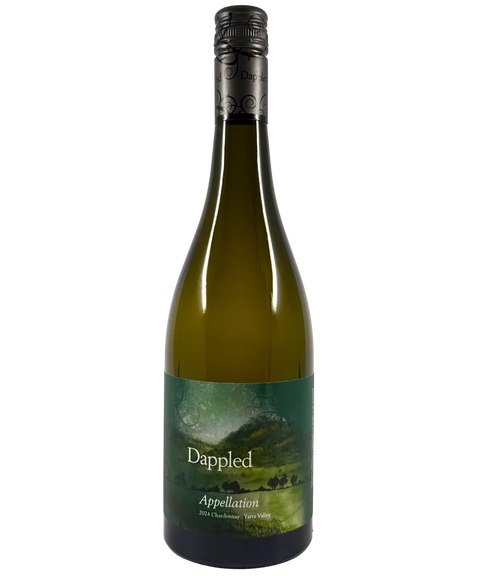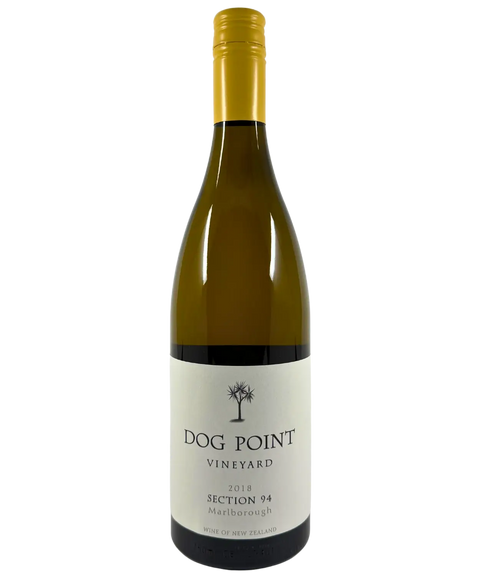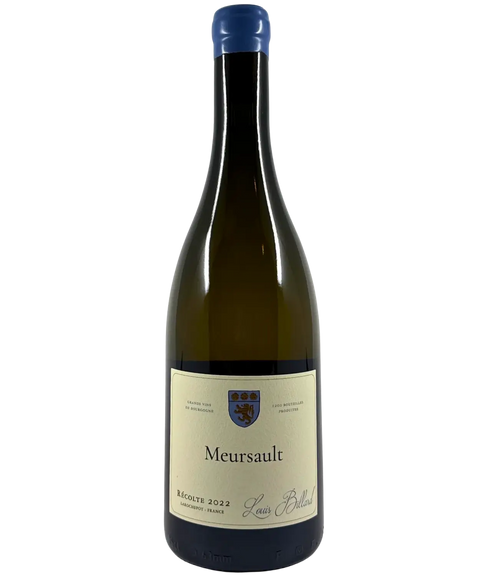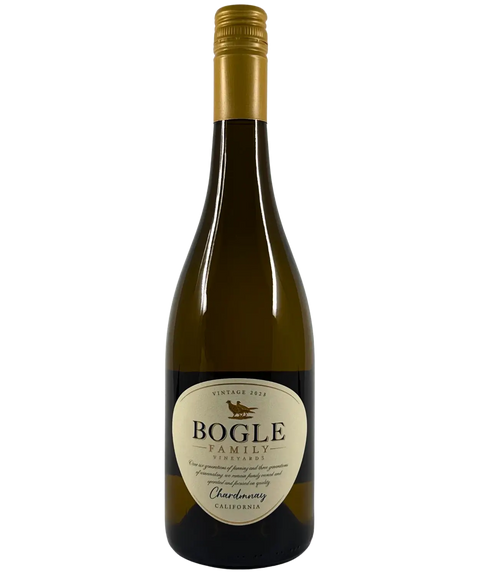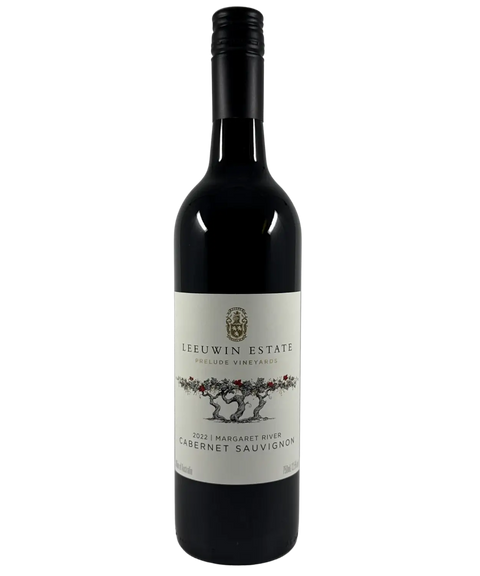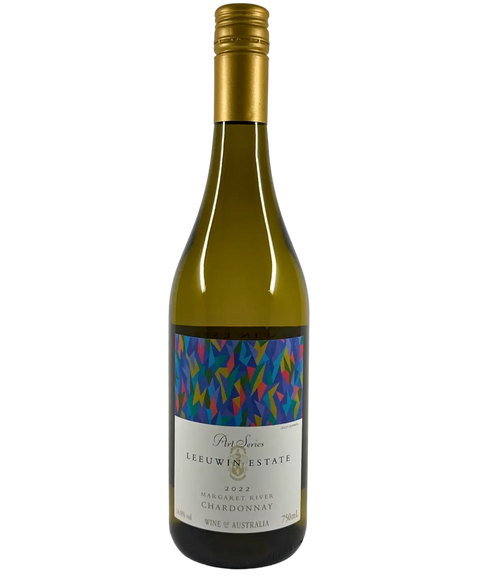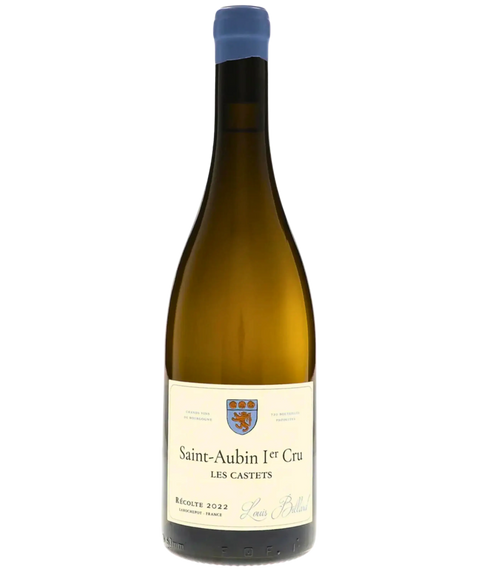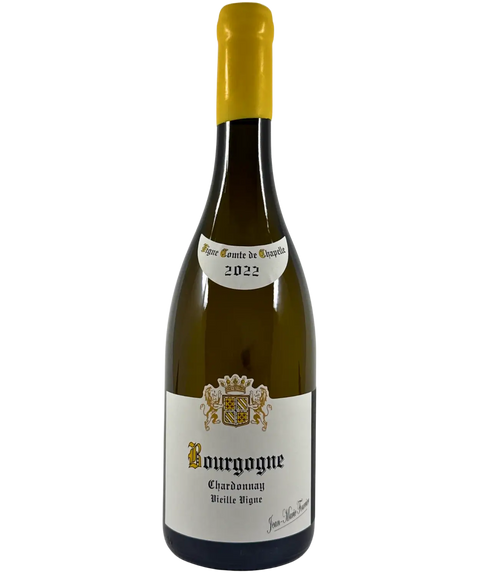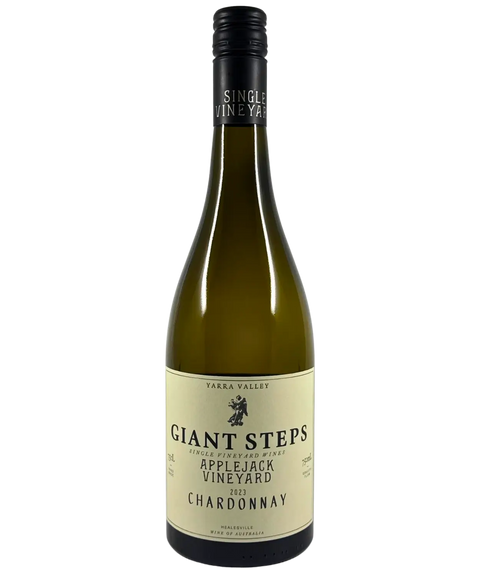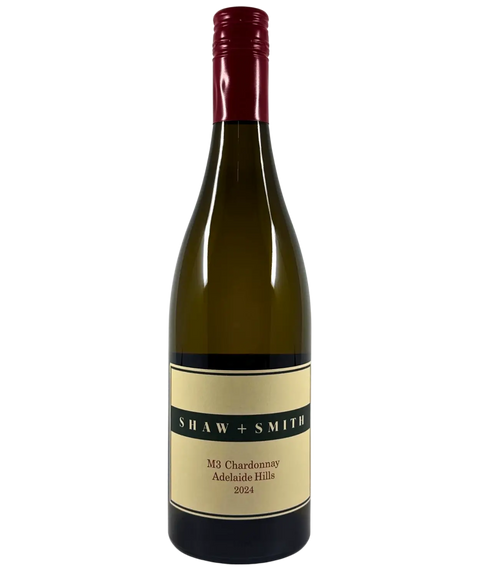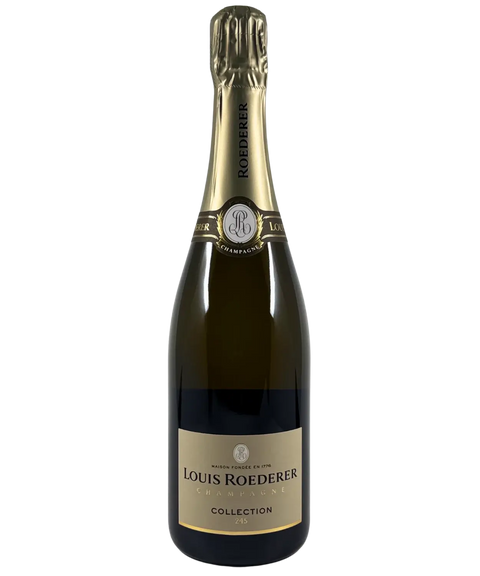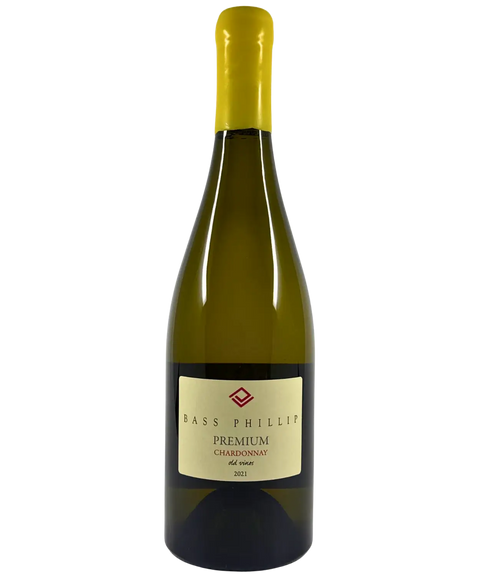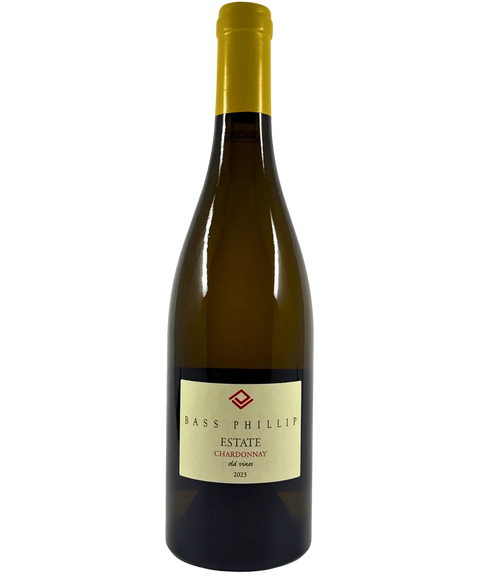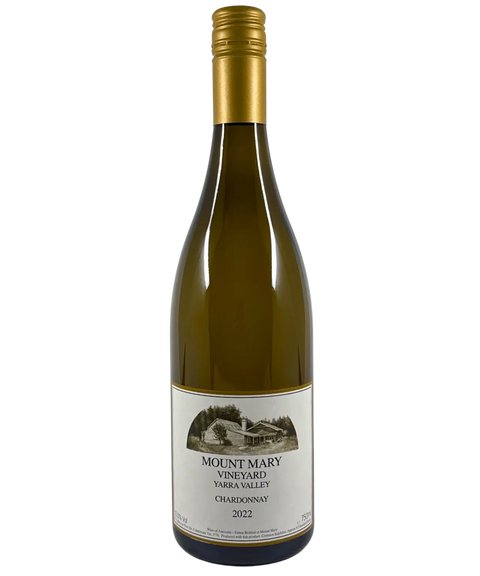Oak & vanilla
19 products
Frequently asked questions
What does oak do to wine?
Where can I buy oak-forward wines in Australia?
What wines benefit most from oak aging?
What's the difference between American and French oak?
How long are oak-aged wines typically aged in barrels?
Are oaked wines always better than unoaked wines?
What food pairs best with oak-forward wines?
Can I taste vanilla in wine, and where does it come from?
How can I tell if a wine is oak-aged?
Do oak-aged wines cost more than unoaked wines?
How do I choose oak-aged wines if I'm new to the style?
Are Australian oak-aged wines different from European styles?
What's the difference between new oak and used oak?
Can oak-aged wines be cellared longer?

